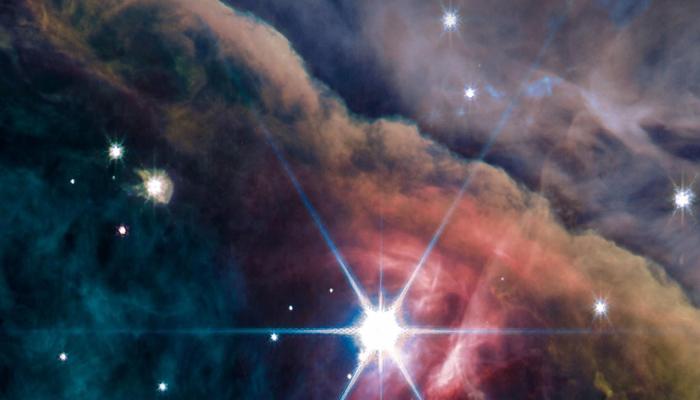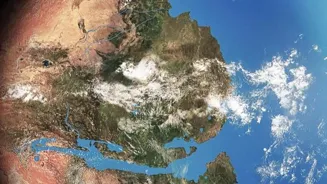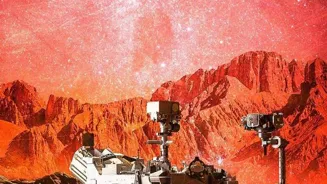NASA’s six wheeled robot — Curiosity rover — recently discovered significant proof of water on Mars. It used its Mars Hand Lens Imager (MAHLI), a camera on the end of its robotic arm, to view this wind-eroded
rock that resembles a coral typically found at the bottom of the ocean.
As per NASA, these were formed by “minerals deposited by ancient water flows combined with billions of years of sandblasting by wind.”
As per the imaged captured by NASA’s rover, it is a flower-shaped rock that indicates life existed on Mar. It is approximately 1-inch-wide (2.5 centimeters) light colored, wind-eroded rock. It was found in the Gale Crater, which is a large impact basin on Mars.
In a statement, NASA explained, “Curiosity recently rolled into a region filled with boxwork formations. These hardened ridges are believed to have been created by underground water billions of years ago. Stretching for miles on this part of Mount Sharp, a 3-mile-tall (5-kilometer-tall) mountain, the formations might reveal whether microbial life could have survived in the Martian subsurface eons ago, extending the period of habitability farther into when the planet was drying out.”
Curiosity Rover
Curiosity Rover touched down safely on Mars on August 5, 2012 and it continues to gather clues related to one question- “Could Mars have once harbored life?” After 13 years, engineers are finding ways to make the NASA rover even more productive.
NASA’s Curiosity Rover was the largest and most capable rover ever sent to Mars when it launched in 2011. It was built by NASA’s Jet Propulsion Laboratory, which is managed by Caltech in Pasadena, California. JPL leads the mission on behalf of NASA’s Science Mission Directorate in Washington as part of NASA’s Mars Exploration Program portfolio.
As per NASA, Curiosity’s scientific tools found chemical and mineral evidence of past habitable environments on Mars.














